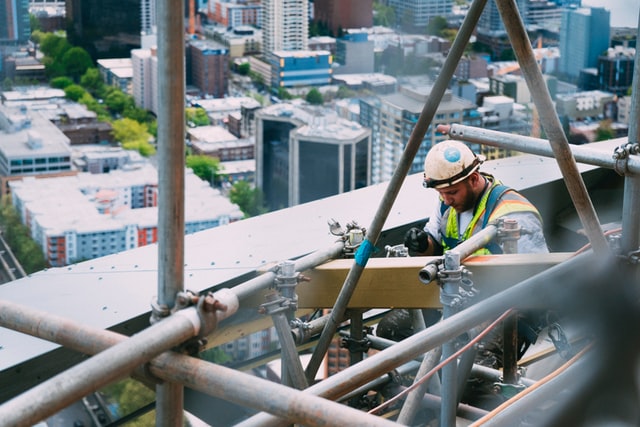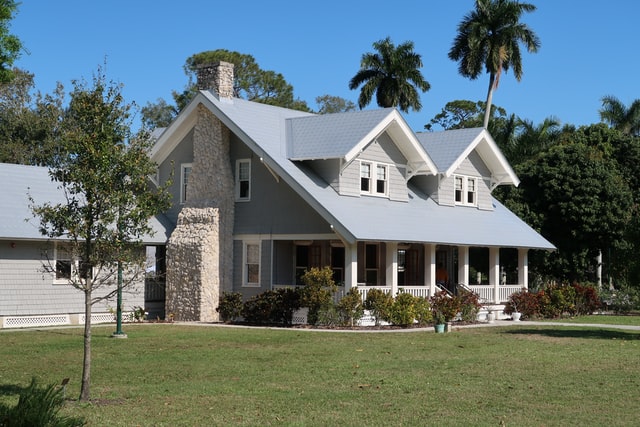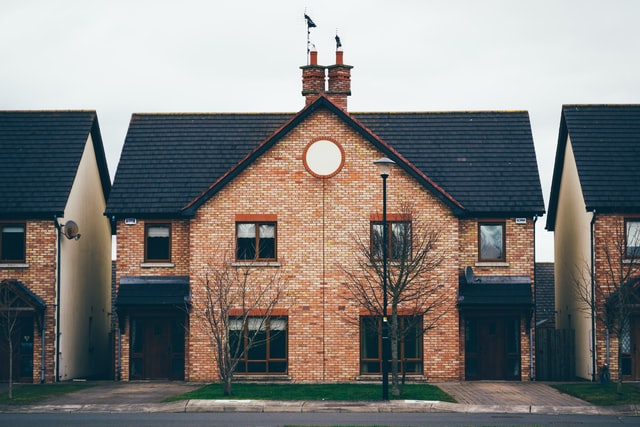We’re all aware that the pandemic has disproportionately affected lower-income residents, including renters. But there are many statistics to look at when examining trends in the rental market, and some of them may not be so obvious. Who, when, where, and how much are all questions to consider.
The when is the most obvious — as a result of the pandemic, there were very few rental applications in the spring when the lockdowns began. What you may not know is that this is approximately when rental application volume typically goes up, so the normal rental market was effectively delayed by about two months. The period was shorter as well, ending in July rather than August as usual.
In prior years, the most frequent age group for renters was Millennials, followed by Gen-Xers. While Millennials are still at the top, their percentage among renters is shrinking, and Gen-Xers have lost their second place spot to a new group, the Gen-Zers. This is particularly striking because most people in Gen Z are not actually old enough to sign a rental agreement. What happened is that Gen Z was the only group to have an increase in percentage of renters, as every other category dropped, including Boomers who still retain 4th place. 16 of the 30 largest cities in the US had an overall decrease in rentals, and even in those few cities where the percent of people moving in was increasing, the percent of people leaving accelerated even more.
The good news for renters is that average rent prices in expensive cities are dropping from last year, which is particularly important because average income for renters stagnated in 2020. Only one city among the 30 largest, Baltimore, had an increase in rent prices leaving it above $1300. All the others with prices above this figure had a drop in rent prices. The largest dollar increase was $62 in Phoenix, from $1120 to $1182. By contrast, average rent prices dropped $640 in San Francisco, from $3695 to $3055.
Photo by Adeolu Eletu on Unsplash
More: https://www.rentcafe.com/blog/rental-market/market-snapshots/year-end-report-2020/



















